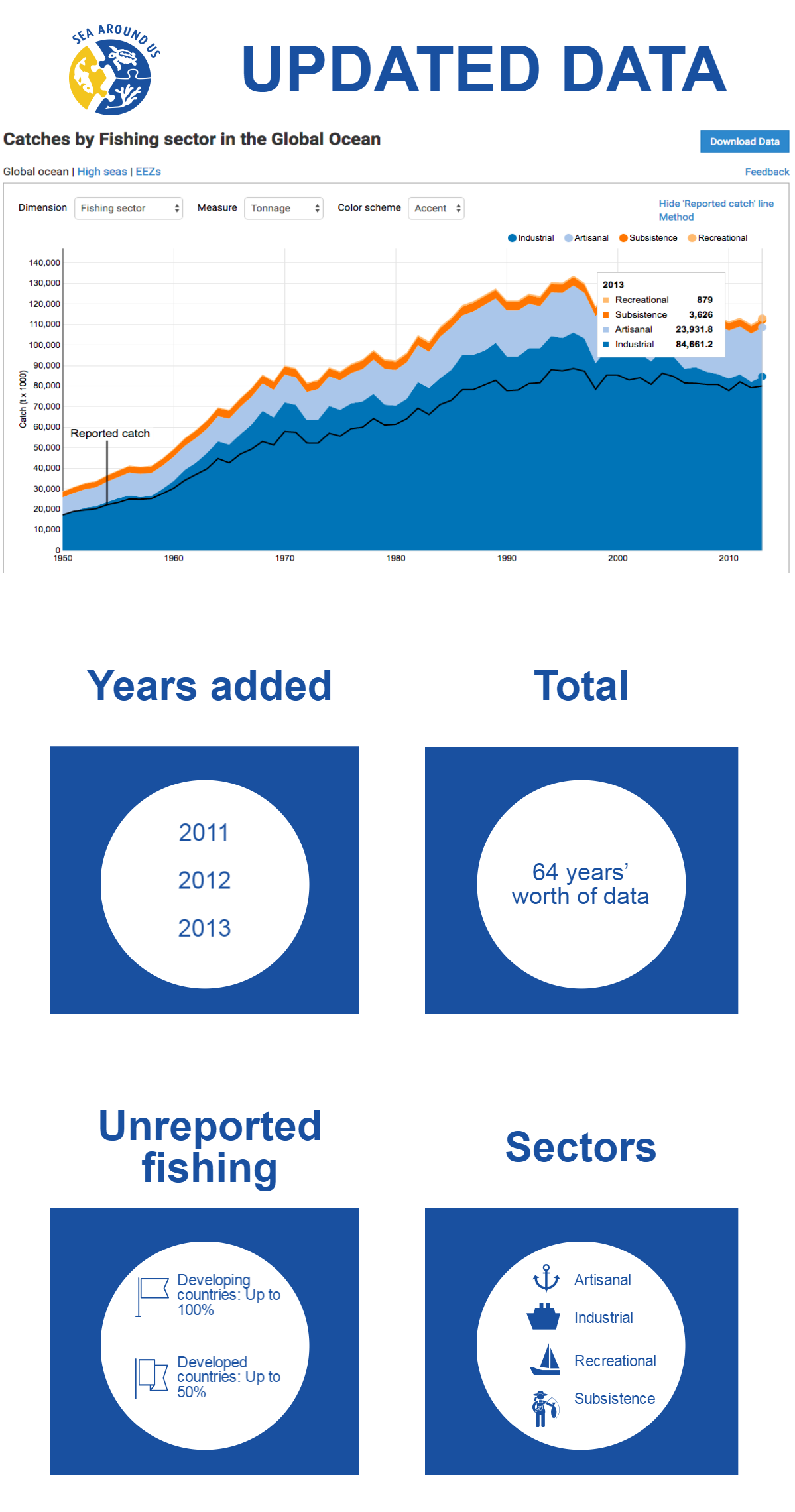
Fish sale at the beach. Photo by indiawaterportal.org, Flickr.
The morning after accepting the 2017 Ocean Award in the Science category, the Sea Around Us leading team, Daniel Pauly and Dirk Zeller, met with the British press at the Science Media Centre.
After receiving praise for their Nature Communications paper “Catch reconstructions reveal that global marine fisheries catches are higher than reported and declining” and the Global Atlas of Marine Fisheries, Pauly and Zeller were asked to explain the Sea Around Us’ findings regarding the fact that global fish catch is 50 per cent higher than what is officially reported by the FAO.





